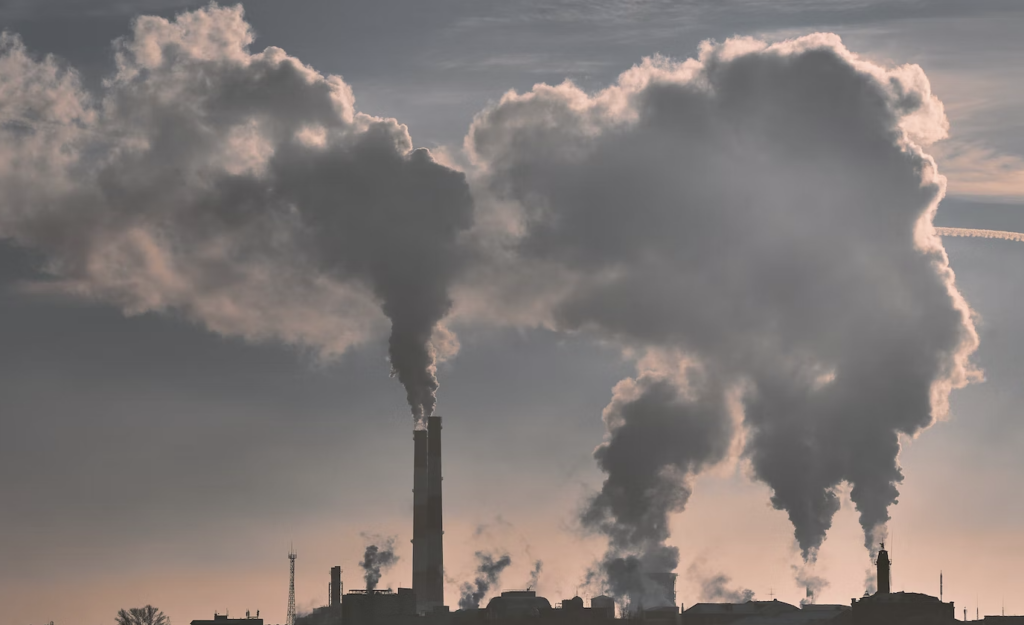Poor Air Quality Hurting Tourism In Popular Vacation Destination
Poor air quality is severely impacting tourism in Chiang Mai, Thailand.
This article is more than 2 years old

Thailand has been grappling with pollution for several years. But now, the high levels of toxic air are starting to affect tourism. For the past few weeks, the northern city of Chiang Mai has topped the IQAir global chart on poor air quality. And on April 10, government officials urged residents to avoid outdoor activities. If people must be outdoors, they are advised to wear masks.
According to CNN Travel, Chiang Mai is known for its “chic cafés, scenic mountainous views, and temples.” The popular Thailand travel destination welcomed over 10 million visitors in 2019. But following the global pandemic, hotel bookings dropped to 45 percent. The figure is significantly lower than the 80 to 90 percent the Thai Hotel Association expected during the Songkran (New Year) holiday season.
In March, Chang Mai reached 289 on IQAir’sIQAir’s quality index – a platform that measures the level of inhalable fine particles in the air. Earlier this week, the levels dropped to 171. But the third biggest city in Thailand was still 19 times over the level recommended by the World Health Organization. “You can feel [the dust] on your face,” Mexican tourist Fernanda Gonzalez told CNN Travel.
The Thailand government says a combination of forest fires and crop burning in neighboring countries are the most significant contributing factors. Prime Minister Prayuth Chan-ocha plans to work with Laos and Myanmar to reduce pollution at the border to curb pollution in the region. However, the solutions may not be enough to quell residents’ fears.
Chang Mai resident Thommamoon Khowasat told BBC News she’s been trying to explain the danger to his four-year-old. “I feel very sorry for my daughter,” the Thailand native said. She believes the thick cloud of smog is natural fog. She has no idea that the mist is poisonous. The child is under strict instruction to remain indoors and with an air purifier.
Thailand has been facing pollution problems for decades which have resulted in poor air and water quality. The causes are diverse, ranging from industrial emissions to agricultural activities and transportation. Bangkok is the most polluted city, with Chiang Mai previously considered the cleanest and least densely populated.
Thailand’sThailand’s history of industrial pollution dates back to the 1960s. The use of natural resources without taking precautions exacerbated the problem. The Thai environmental movement was created in response to water pollution in the Mae Klong River caused by manufacturing industries. But clean-up efforts were thwarted by people who only cared about money holding political power.
These days, air pollution in Thailand is mainly caused by traffic congestion and industrial emissions. Ozone pollution has also been increasing for decades, reaching around 45.5 parts per billion in 2019. Industrial emissions from factories, coal-burning power plants, and construction haven’t helped the dire situation, according to Taragraphies.
Fortunately, the government has recognized the problem and is making air pollution a national priority. The Royal Thailand Government has released a plan (via the World Health Organization) to address air pollution, which includes promoting public transportation, reducing the use of private vehicles, and prohibiting open burning. The government is also working to improve the management of solid waste.






